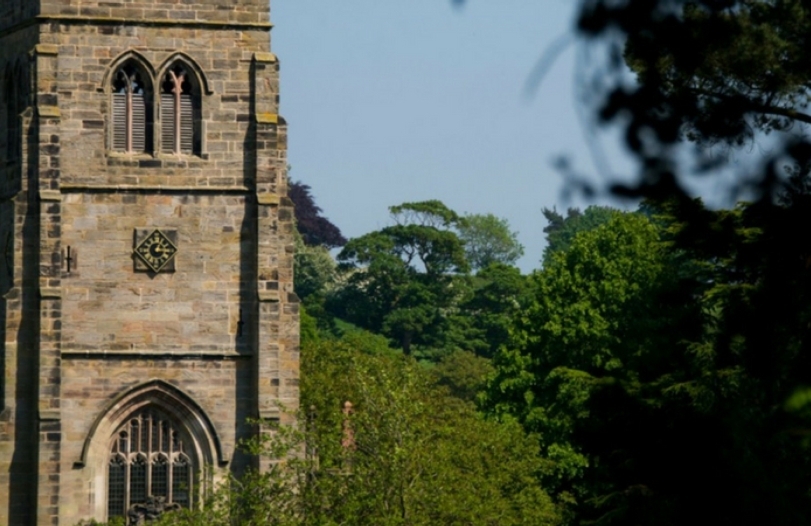Church Heritage Trail - Trent Valley
View map
Explore six historic churches by bike, foot or car - a Church Tourism Week event
As part of Church Tourism Week, six churches i teh Trent Valley in Leicestershire and Derbyshire are opening their doors on Saturday 28 July from 1pm to 4.30pm, for the Trent Valley Church Heritage Trail. Drive, cycle or walk the ten-mile circuit between each church – or simply visit one or two that you’ve never seen before
The Trent Valley was dominated by the local landed gentry until the nineteenth century. Local families such as the Hastings, Shirleys, Beaumonts and Harpurs established their estates, including Calke Abbey, Coleorton and Staunton Harold, and were the patrons of their local churches.
Through their patronage, these families shaped local churches to display their power, to reflect their religious views, and to be a place of worship. Stepping into each church, you’ll see evidence of prayer, protest and power as you discover the history and heritage of local churches.
Each church has a fascinating history, which our guides will be happy to share with you. Please note that some churches are not owned by the National Trust, and may have uneven floors – contact the churches directly for full access information. Four-legged friends may be asked to wait outside. You can download a map of the full circuit trail here.
- St Michael and St. Mary’s, Melbourne - one of the finest Norman churches in England
- St Mary and St Hardulphs, Breedon on the Hill - features one of the best collections of Saxon carvings in the country
- Chapel of the Holy Trinity, Staunton Harold - one of the few churches built in the 17th century during the Commonwealth
- St Helen’s, Ashby - medieval church containing many important memorials
- St George's, Ticknall - a Gothic Revival church with two William Morris and Co. windows (and the remains of an earlier 12th-century church)
- St Giiles', Calke Abbey - a church with medieval beginnings but a Georgian rebuild.
A Church Tourism Week event in partnership with the National Trust and St Helen's Heritage Project.

